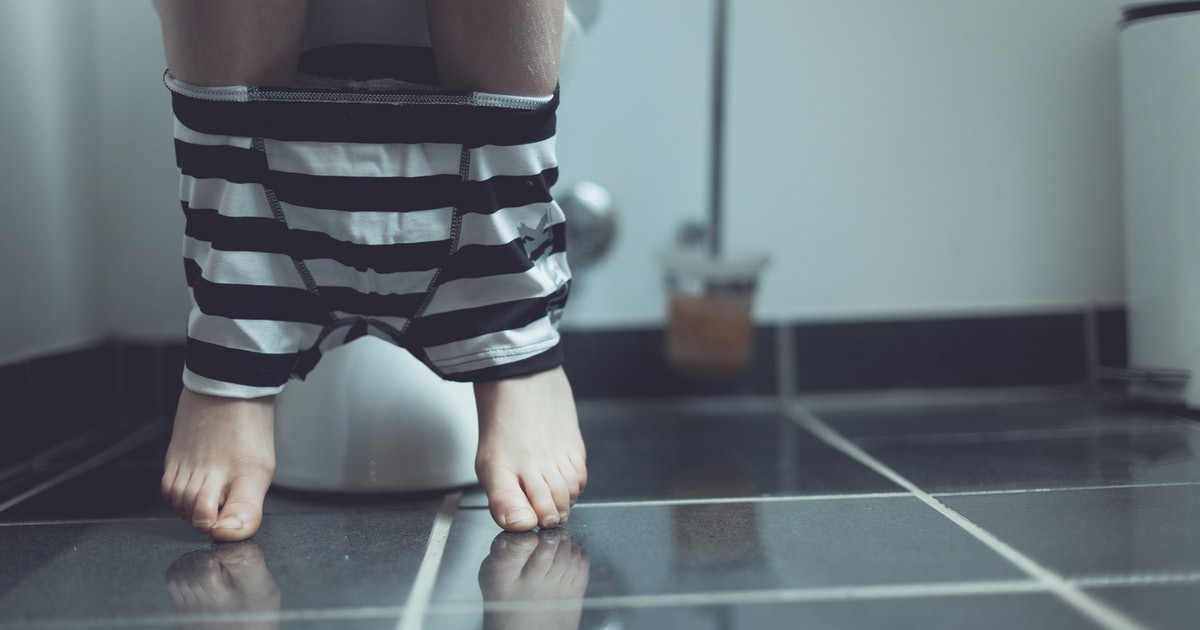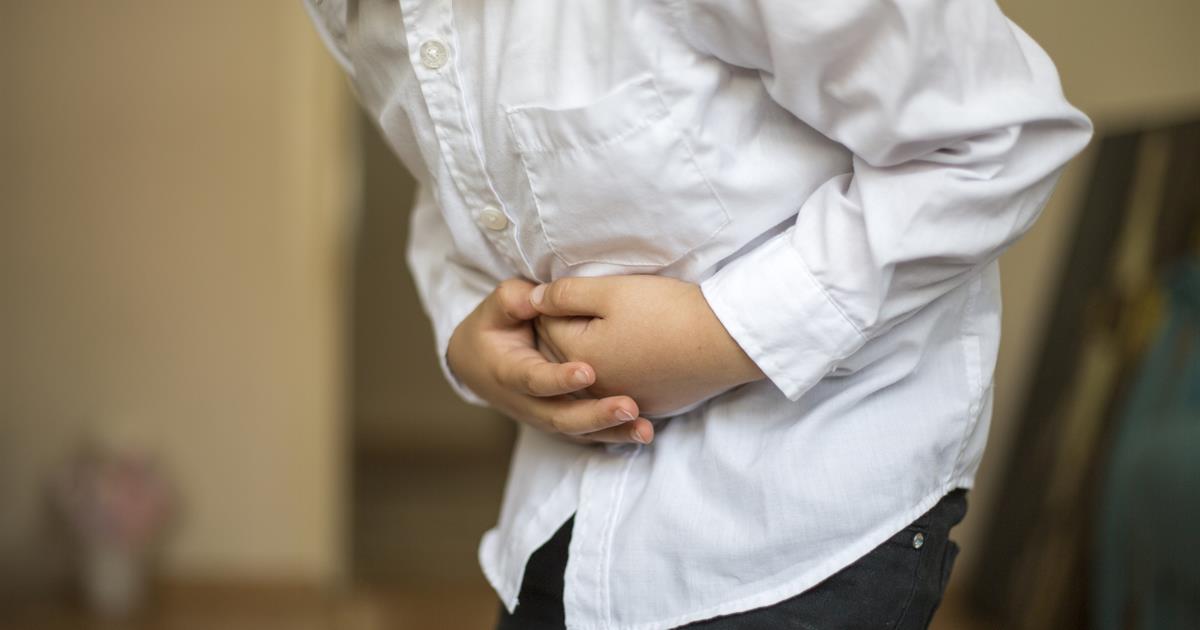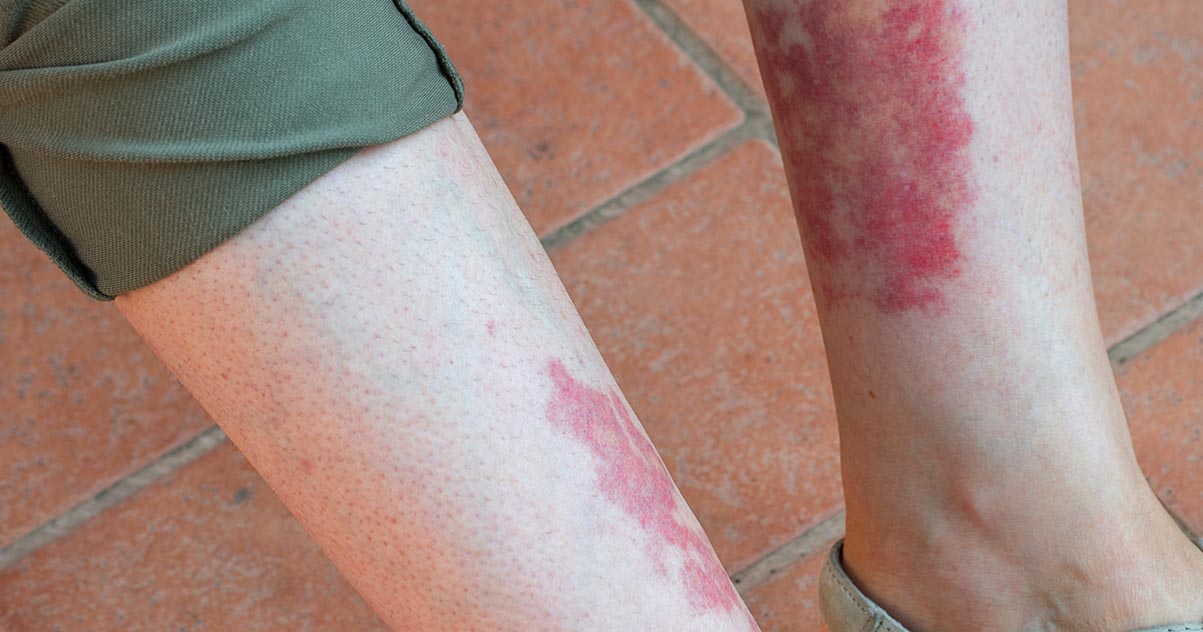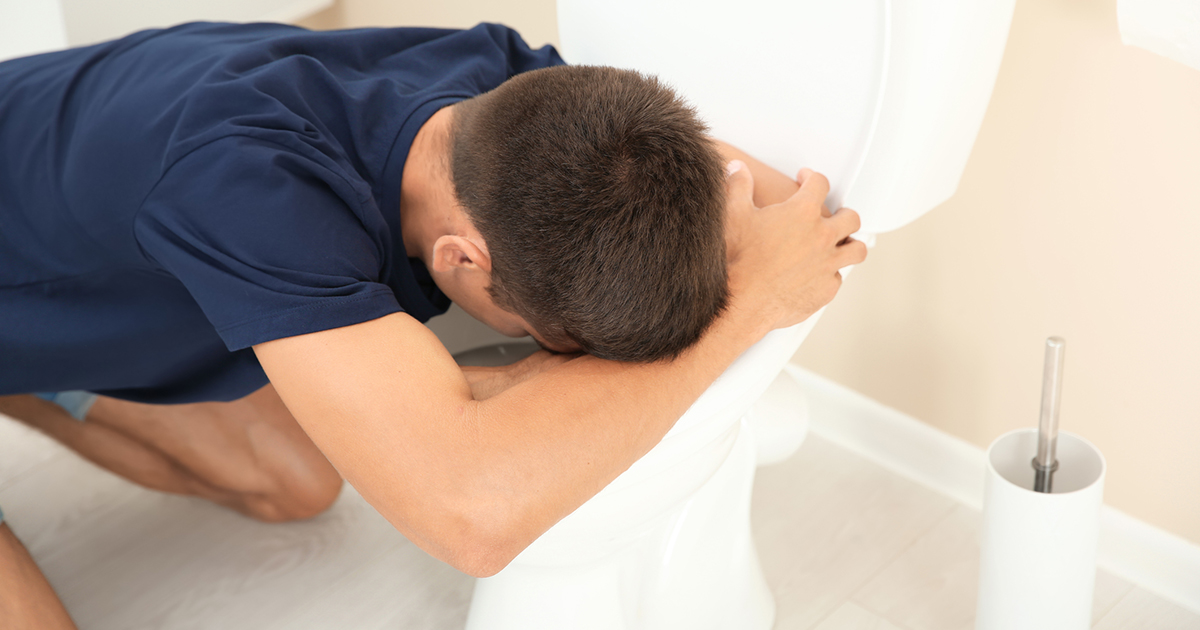Warning Signs Of Henoch-Schonlein Purpura
It creeps throughout the body weeks before surfacing as a purplish-red rash, but apart from the breakout, most individuals who suffer from Henoch-Schonlein purpura don't even know they have it. The rare condition is most commonly seen in children from two to six years old, and most often in boys, although it can affect individuals of any age. Henoch-Schonlein purpura causes a variety of symptoms in most patients, none of which are typically cause for major concern. It usually clears up on its own in several weeks. It is possible, though, for major kidney damage, which would require medical attention. Medical professionals aren't certain what causes inflammation in the small blood vessels, but this causes bleeding in the skin, kidneys, and abdomen. Uncover the warning signs of Henoch-Schonlein purpura now.
Sore And Swollen Joints

Henoch-Schonlein purpura often includes joint pain and swelling. Most often, this form of arthritis occurs in the ankles and knees. The pain is treated with anti-inflammatories including ibuprofen or acetylsalicylic acid. Doctors may prescribe corticosteroids as well to help ease sore and swollen joints. Anti-infection treatments have also shown to be effective in treating joint pain due to Henoch-Schonlein purpura. A study by the National Institutes of Health concluded symptoms including joint pain and swelling don't always occur simultaneously, and most often in weight-bearing joints, which move more. Henoch-Schonlein purpura can also affect the elbows and wrists, though less frequently. This type of arthritis usually does not cause damage to the joints.
Learn more about the symptoms of Henoch-Schonlein purpura now.
Blood Or Protein In The Urine

Another common symptom of Henoch-Schonlein purpura is blood or protein in the urine. This happens when the kidneys are affected by the disease. One catch is this blood is usually too small to detect without a laboratory analysis. Also called hematuria, about forty percent of Henoch-Schonlein purpura patients experience it.
Along with the other symptoms, hematuria usually goes away and does not cause permanent kidney damage. However, if protein is found in the urine, it can indicate more severe problems with the kidneys. Damage to the kidneys is the most concerning complication of Henoch-Schonlein purpura. Adults have a higher risk for if than children with Henoch-Schonlein purpura. At times, Henoch-Schonlein purpura-related kidney damage can be severe enough to force a patient onto dialysis or even to require a kidney transplant.
Discover additional symptoms of Henoch-Schonlein purpura now.
Abdominal Pain

Henoch-Schonlein purpura often produces gastrointestinal issues, causing pain in the abdomen. These types of symptoms are those typically experienced before the classic rash occurs. Two out of three patients experience this type of pain, which ranges from mild to severe. A National Institutes of Health study indicates, along with vomiting and gastrointestinal bleeding, abdominal pain is the most common symptom in Henoch-Schonlein purpura patients. This pain is caused by bleeding and swelling inside the bowel wall and is a lot like colic experienced in infants. Cramping pain is usually worst at night. At times, the bowel will double over on itself like a telescope as well, a symptom which can be deadly.
Get the details on more warning signs of Henoch-Schonlein purpura now.
Bruise-Like Rash

During a bout of Henoch-Schonlein purpura, the blood vessels in the skin become inflamed and often leak. These leaking vessels are what cause a bruise-like rash to occur. These rash marks can look like small red dots, bruises, or hives that develop a more bruise-like appearance. This rash starts red and progresses to purple, then turns into a rust-like color, and then fades. It tends to occur on the legs, buttocks, and the backs of the arms. This rash rarely spreads to the upper portions of the body. It's also commonly seen on the elbows and earlobes. Unlike bruises, this rash does not turn pale when depressed and is seen in one hundred percent of Henoch-Schonlein purpura cases.
Learn about even more signs of Henoch-Schonlein purpura now.
Nausea And Vomiting

Vomiting is another prevalent symptom of Henoch-Schonlein purpura, with fifty to seventy-five percent of patients experiencing it. Gastrointestinal issues are typically the most debilitating symptoms of the disease. Vomiting is generally a function of abdominal pain or cramping. Along with nausea and vomiting often come a loss of appetite and blood in the stool. The gastrointestinal symptoms of Henoch-Schonlein purpura typically occur because blood vessel inflammation and leakage can also happen in the bowel. Often, the bowel wall's mucus will thicken, and lesions will occur. While almost all Henoch-Schonlein purpura patients recover fully, about five percent may develop more complex gastrointestinal problems, including stricture and hemorrhage.